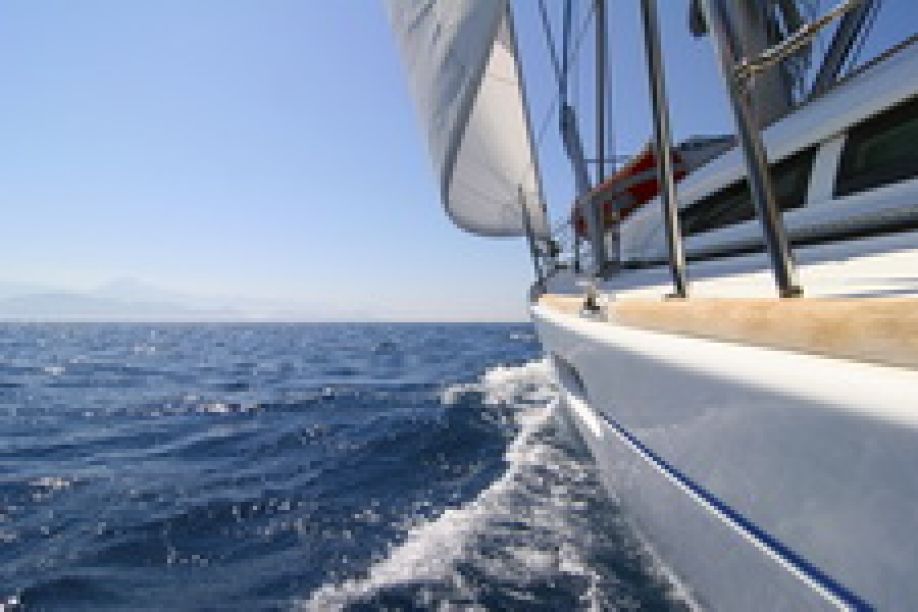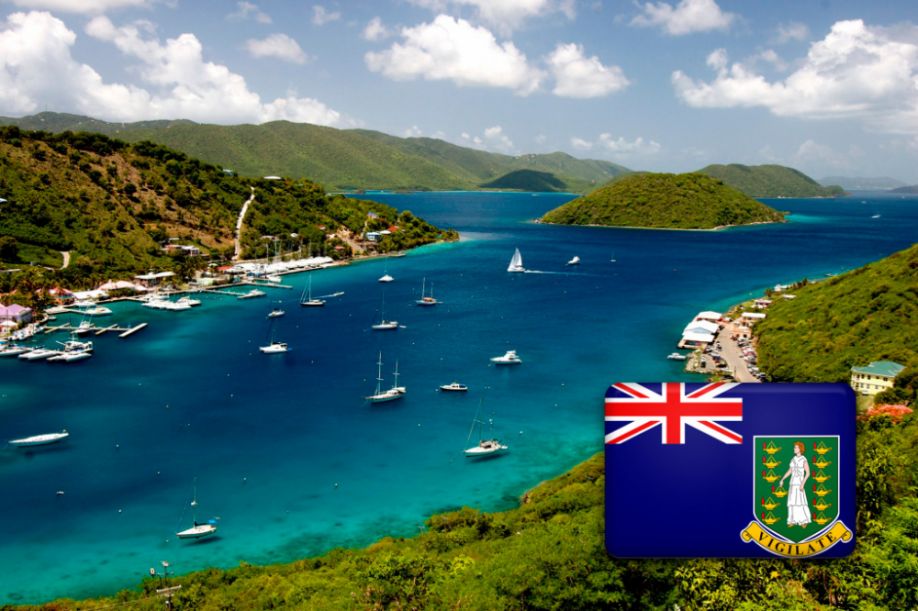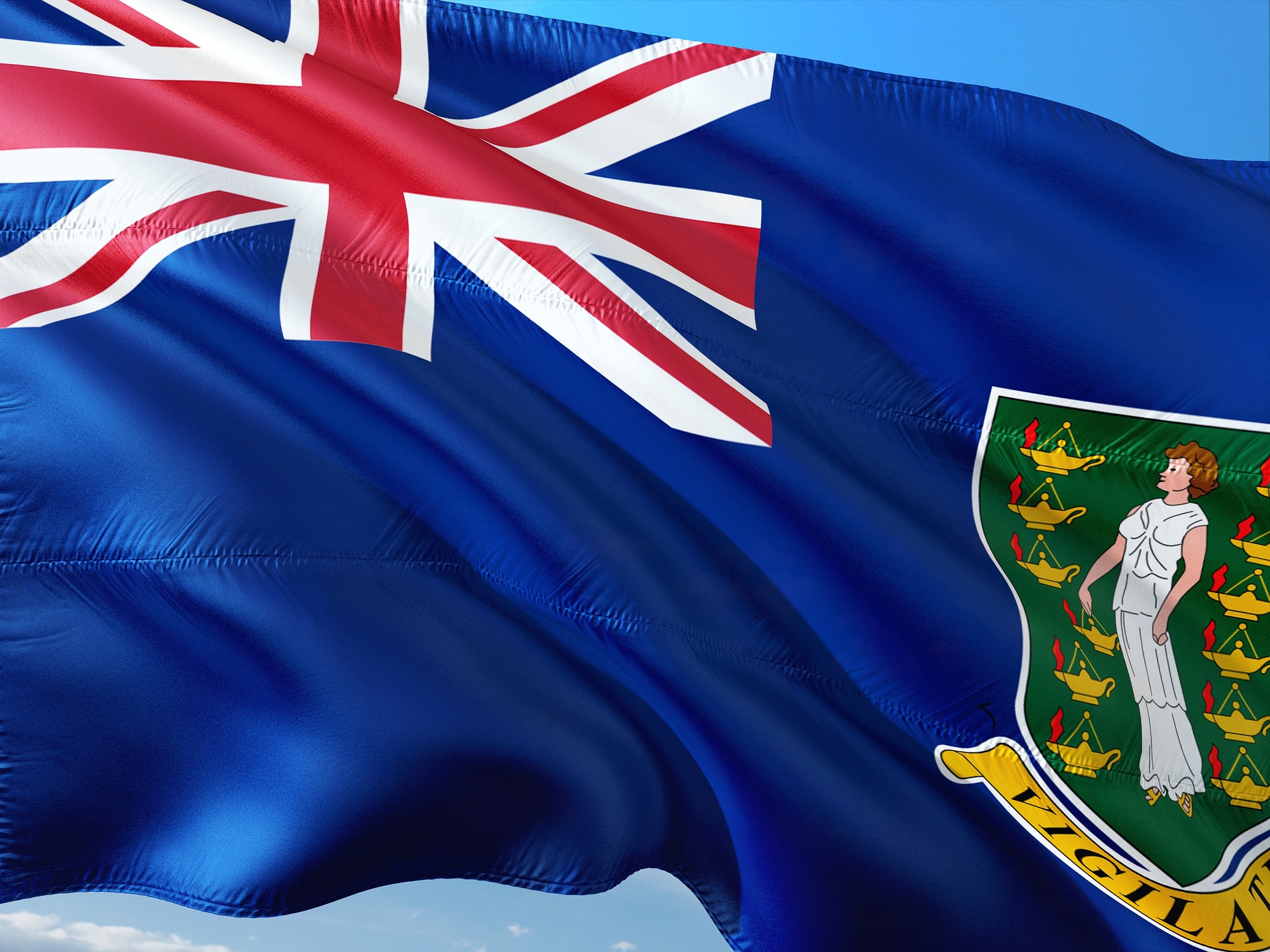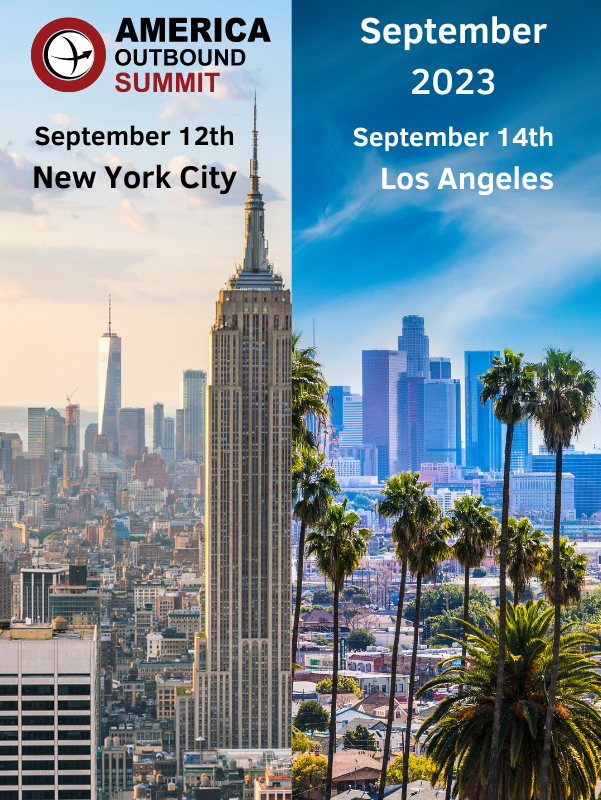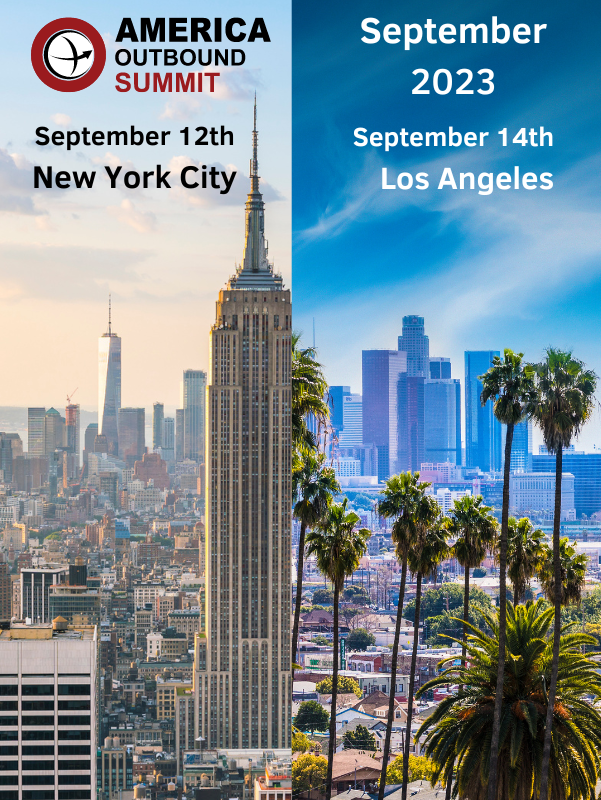The European share of the global yacht market stands at 38.4%. France and the UK manufacture some 7,900 and 3,300 yachts per year, making them respectively the second and third largest yacht producers in the world.
Yachts sold in Europe are mainly large and luxury ones, but the average unit price stands merely at US$ 115,234. However the world's three largest leisure yacht exporters all sit in Europe. France, the UK and Germany exported 4,300, 2,100 and 1,900 boats in 2010 respectively.
Instead of being a high-end luxury only the wealthy can afford, as usually perceived in China, in North America and Europe yachting is just yet another ordinary day-to-day tool of recreation accessible to commoners. Amongst the 17 million yacht owners in the US, 80% own small & medium yachts, as well as sailboats, costing less than US$ 50,000. Likewise, 84% of the yachts in Europe also fall into the same category, with attainable price tags also serving the middle class.
It's ubiquitous in the US and Canadian highways surrounding Lake Ontario that cars and vans trailing boats head towards the lakeside for the on-board pleasure under the summer sun.
The global prices for yachts vary between tens of thousands of dollars and hundreds of millions of dollars. Super yachts exclusively belonging to the elite give way to the chunk of sailboats, speedboats, leisure kayaks and small & medium yachts that the rich world's typical middle class families can afford, in market dominance.
Since the onset of the 2008 global financial crisis, the yacht prices in North America and Europe have plummeted. In 2009, the average price of a yacht sold in the US was US$ 27,639, similar to that of a mid-sized car. Over 60% of boat purchases are paid for with some borrowed money, said the US Marine Bankers Association, with the average loan around US$ 25,000.
Earlier this year, a weak economy and bad weather in the US hit the traditional buying season, which runs from late winter through to early summer. The National Marine Manufacturers' Association of America said that unit sales, sliding since 2001, fell further in the first quarter. In May (the latest month reported), unit sales were still off, but dollar sales rose. Preliminary June data shows both rising.
One group of yacht buyers sails on smoothly regardless of changes in the economic weather, namely, the elite faction who can afford mega-yachts costing US$ 6 million to 40 million. Frank Herhold, of the Marine Industries Association of South Florida, said that nearly 500 such boats are currently being built, up by 70% since the previous count in 2010.
Helming into the Chinese Waters.
Although China's yachting industry is still in its infancy, it has undergone the fastest development since 1949, partly because of the escalating market demand at home and in part due to the government policies in favor of its rapid expansion. In the four year period from 2006 to 2010, China's yacht industry has gone from virtually zero to attaining a market size worth about US$ 3.4 billion.
However, some industry insiders say that the yachting market in China could balloon to RMB 200 billion (US$ 30.86 billion) over the next few years. US-based Brunswick Corp, the maker of Boston Whaler fishing boats, said total yacht sales in China could grow by as much as 25 percent this year.
Export of yachts increased from US$ 180 million in 2006 to US$ 260 million in 2008. The momentum was lost in 2009 following the outbreak of the global financial crisis in late 2008, but regained its footing in 2010, during which US$ 204 million worth of yachts were exported.
Having the world's largest ship-building capacity and spectacular huge docks, Chinese companies have been penetrating into the high-end leisure boat-building sector. Some 20 companies in China, including 11 backed by foreign funding, are making super yachts (boats over 80 feet in length). China's yacht manufacturing capacity is amidst the global top ten and its production capacity for super yachts has already been sixth worldwide. Shanghai is aiming at being the largest yacht production base in China, whereas, Tianjin, a municipality 130kms away from Beijing, is building an RMB 9 billion (US$ 1.4 billion) yacht port with 750 berths to accommodate luxury yachts up to 295 feet, which is expected to be China's largest. The largest Chinese-built boat so far is a 45-meter (144-foot), steel-and-aluminum hull vessel under construction at Hong Kong-based Kingship Marine Ltd.'s shipyard in Zhongshan, Guangdong province, that carries a price tag of nearly US$27 million.
The government policy biased in its favor is the main driving force for the recent speedy and sound development of the Chinese yachting industry.
On 1st December 2009, China's Central Government issued the Opinion on Accelerating the Development of the Tourism Industry. This document, for the first time, stated that the Chinese tourism industry would be promoted as a strategic pillar industry of the Chinese economy and a new growth powerhouse. It proposed to cultivate new hotspots of tourism consumption, support emerging tourism economies like cruise vessels and yachts, include the manufacturing of tourism equipment like cruise vessels and yachts into the Catalog of Industries Encouraged by the Central Government and actively support the development of tourism programs by utilizing islands and beaches.
Within only one month's time, on 31st December 2009, the Opinion of the Central Government on Propelling Construction of Hainan as an International Tourism Destination was handed down. The development of Hainan, China's second-largest offshore island, as an international tourism destination becomes a major priority of the Chinese government. In fact, yachting is definitely a main component of tourism in Hainan. The Opinion clearly presents a plan to improve the yachting management measures, create conditions to expand the open waters appropriately, provide quality services for the mooring of overseas yachts in Hainan, support the hosting of international sailboat races in Hainan, actively promote the construction of yacht docks and develop the manufacturing industry for tourism equipments like yachts and light floatplanes.
Despite that the global yacht industry was adversely affected by the international financial crisis starting in late 2008, on the reverse, the Chinese yacht industry accomplished rapid growth. "The financial crisis has definitely affected the yachts market," said Gordon Hui, Head of Asia Operations, UK yacht brand Sunseeker. "But China recovered rapidly from the financial crisis," Hui added, "and the market for yachts expanded as a result. It has also propped up the whole Asia market." In 2009, the value of the Chinese yacht market was about US$ 3 billion. With an anticipated annual growth rate of about 10%, the Chinese yacht market is unarguably experiencing the fastest growth and has an unparalleled importance for worldwide yacht manufacturers due to domestic demand for boats.
In 2008, there were more than 200 yacht manufacturers in China, of which, over 30 companies each produced revenue in excess of RMB 10 million. These companies are primarily situated in China's most affluent cities such as Shanghai, Shenzhen, Zhuhai, Xiamen and Qingdao (see Chart 1).
Being a booming leisure industry, yachting has grabbed the attention of the local business circle and officialdom alike in a number of comparatively well-off cities having coastal or rich inland water resources. Both have great expectations for the industry. Politicians hope by publicizing yachting as the brand and name card of their cities, the industry can stimulate local growth with more investment, output, employment and taxation. Whereas entrepreneurs yearn for seizing the extensive opportunities that the industry can potentially. This includes the research, design, manufacturing, yacht club management, yacht-related tourism and on-board personnel, to name a few.
Shanghai, Shenzhen, Zhuhai, Xiamen, Dalian and Sanya have spearheaded the promotion of yachts as a backbone industry of local tourism. Qingdao and Rizhao have even gone further in publicity and facility with hosting the 2008 Olympic Sailing Regatta.
China is not short of the well-to-do with excessive cash to blow on luxury motor yachts, a singularly expensive pastime. China has 875,000 millionaires (people with financial assets in excess of RMB 10 million) and nearly half of them want to buy a boat, according to a 2010 survey by the Hurun Report, the Chinese version of the Forbes List. "As China has plans for more than 40marinas with more than 10 of them already operational, I foresee the consuming power from China will be massive in the near future," said Gordon Hui, Head of Asia Operations, UK yacht brand Sunseeker.
Unlike yacht owners in North America and Europe, Chinese yachtsmen are the super rich bon vivants whose preference of the yacht lies more with psychology than with the material comfort. The names of yachting club memberships concur with those on the Forbes list. Moreover, this fortunate few spent cash to procure their yachts, they don't need finance plans. Like Rolex and Rolls Royce, yachts are yet another symbol of status to show off their commercial success and wealth. To moor their yachts, the number of yacht clubs in China had well outnumbered 100 by August 2010 (see Chart 2). The trade is lucrative given the exorbitant membership and annual fees. One has to pay around RMB 200,000 to be a member. The typical yachts they want are the large high-end mega-yachts costing from US$ 6 million to US$ 40 million. Aboard their elegantly decorated drifting toys you can find four-poster luxurious beds, wine cabinets, hot tubs, saunas, diamond-floored washrooms, rubies and sapphires embedded in toilet bowls, 88-inch flat screen TVs, karaoke rooms and indoor swimming pools. Many fine decorative ornaments have no functions at all other than being status oriented. Apart from being a vehicle of entertainment and pleasure, yachts are a fixed asset investment for the well-to-do. It's supreme irony to the rest of the world that some billionaire mega-yacht owners in Zhejiang province even shut down air-conditioning in the summer for fuel economy. This is simply customary practice under the Chinese culture to spend hugely for fixed assets, yet to spare vastly for expenses.
Yachting has been considered by most Chinese a luxury that they cannot afford. It is indeed an extravagant exclusivity accessible only to the elite thus far. Nevertheless, until yachting becomes more popular in which the masses can enjoy, can the government's vision of promoting it as a pillar industry of the economy be fully fulfilled.
According to several estimates by economists, the number of middle-class families in China will reach 100 million by 2015 and the average assets per family will be beyond US$ 100,000. This estimated 100 million middle-class families will potentially form the backbone of the Chinese yacht market. It is also predicted that yachting will become a prime option for the Chinese in their daily entertainment. Yachting will absolutely contribute considerably to China's tourism industry and boost domestic consumption which the Chinese economy very much needs. The addiction of sailing is fairly contagious, filtering from the super rich to the middle class. It's the general public's genuine wish that in the near future, yachting will become a popular leisure activity that most middle-class and ordinary urban white collar workers can afford.
The Benefits of Offshore Registration.
It is common knowledge that a yacht or any vessel must comply with the regulations of the country in which it is registered. Flying conventional flags often imposes stringent regulations and restrictions on owners and their vessels, therefore yacht owners tend to have their vessels registered in offshore jurisdictions that offer favorable tax regimes and a lenient legal environment.
To safeguard its own emerging yacht building industry from the muscular big brothers from abroad, imported boats are levied an import duty of at least 43% in China vis-à-vis a meager rate at 15% for its domestically made watercraft. This duty is waived at almost all offshore registration jurisdictions. A yacht owner shall consult tax counsels before an onshore or offshore registration decision is made.
Today, more than half of the world's merchant ships and private yachts are registered under the coined term "flags of convenience," formally referred to as open registries. Although the concept of flags of convenience has a long history, the modern concept began in 1919 when the Belen Quezada became the first foreign-owned vessel registered with the Panama registry.
If you are a yacht owner, you may have noticed that conventional flags atop yacht masts are being gradually displaced with flags of various exotic offshore jurisdictions.
The world's main offshore jurisdictions for registering a yacht under a flag of convenience are Panama, the Marshall Islands, Seychelles, the British Virgin Islands, Malta, Antigua and Barbuda, the Bahamas, the Cayman Islands, Cyprus, Dominica, Hong Kong, the Isle of Man, Singapore and Gibraltar. All allow cutting down significantly on registration costs and taxes. Chart 3 shows a cost comparison of those localities.
Some flags may offer additional benefits for the yacht owners like payment of reduced VAT rates, more flexible crew requirements, etc. One good example is the Red Ensign flag, which offers international recognition, prestige and protection. Yachts registered under the Red Ensign flags, like flags of the BVI, Bermuda or the Isle of Man, are under protection of the once invincible Her Majesty's Royal Navy and may seek assistance from any of the various British Embassies and Consulates throughout the world. The glory of the Red Ensign flag can be traced back to as early as 1588, when Her Majesty Elizabeth I's Royal Navy, captained by pirate Lord Drake, began to formidably dominate the Atlantic Ocean following its triumph over the Spanish Armada in a ferocious gunboat fight.
Offshore registration of yachts has a higher degree of confidentiality as it is not in the domain of public record, thus inaccessible to the general public. This caters perfectly to many Asian clients, who are inclined to be private rather than be scrutinized.
Should a yacht owner prefer not to disclose his identity as a yacht proprietor, an offshore structure can be arranged, through which he will be the owner of this structure which owns his vessel, thereby the yacht owner's personal liabilities and risks would be significantly mitigated. Being a limited liability entity, personal exposure for the offshore corporate structure remains within the boundaries of corporate assets, insulated from one's own personal wealth. Such a solution would allow using the yacht privately, without owner's name appearing on official records or disclosure of personal ownership.
Yacht owners have numerous options for offshore registration. For more information pertinent to legal advice, offshore yacht registration, obtaining the registration certificate and its renewal, it is advisable to contact the forementioned maritime authorities of their respective offshore jurisdictions (see Chart 3).







